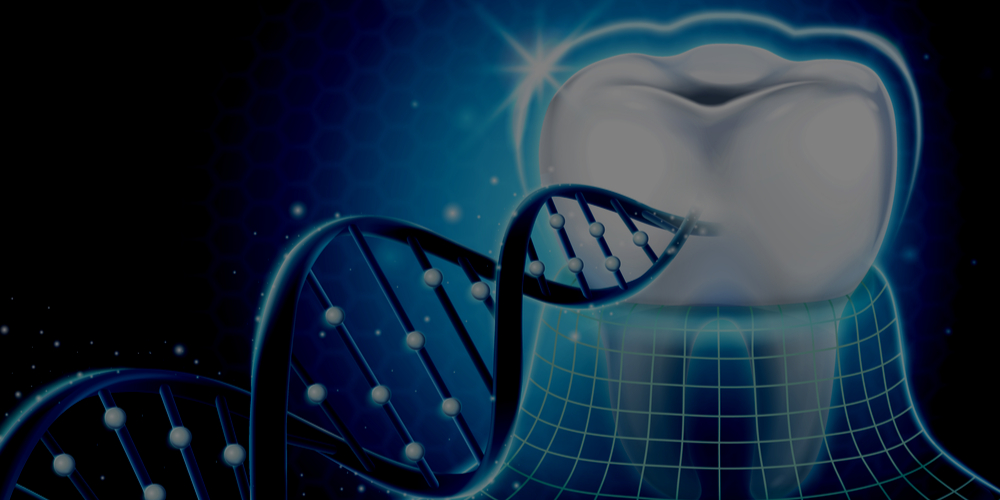The basic development of all teeth happens in the same way and bears similarities to the development of many other epithelial appendages like hair, glands, and limbs (see illustrations). In embryo, oral epithelial cells (or cells of the epithelial dental lamina) grow into the underlying mesenchymal tissue. Subsequently, the epithelial compartment, the enamel organ, and the mesenchymal tissues, the dental papilla and the dental follicle, grow and form the final shape of the tooth (“morphogenesis”). Different stages of tooth development are called the bud, cap or bell stages according to the shape of the tooth germ. Mesenchymal cells of the dental papilla that are adjacent to the enamel organ, differentiate to odontoblasts and start to secrete dentin, the inner hard tissue of teeth. Epithelial cells adjacent to differentiating odontoblasts differentiate to ameloblasts, and secrete enamel, the outer cover of teeth. Finally the roots develop and the tooth erupts into the oral cavity. Secondary teeth are formed in the similar fashion, but the development happens very slowly.


